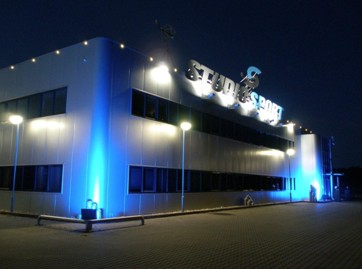Because of the complexity of the work environment of the outdoor lighting, subject to the influence of temperature, UV, humidity, rainy day, rain, dust, chemical fumes and other natural conditions, the serious problem of the LED light failure will be caused. Therefore, taking the above factors into consideration, the outdoor lighting designers should consider these external environmental factors for the LED outdoor lighting when the outdoor lighting designers do the design.
Here, we would like talk out the study on the outdoor LED lamp heat sink design
The radiator is a very important part of the LED outdoor lamps which its shape, size, heat dissipation surface area should be designed to be consistent to the benefits. The luminous efficiency and life is affected by the high operating temperature of the LED light. The radiator is too large which will increase the consumption of materials and the product cost and weight and it will make our products competitive decline. Appropriate design led light heat sink is essential. The radiator design has the following sections.
1, A clear LED outdoor lights require cooling power.
2, Some of the parameters used in the design radiator: the metal specific heat, the metal thermal conductivity, chip resistance, thermal resistance, ambient air thermal resistance, ect.
3, The use of the scattered type ( natural convection heat strong wind cooling, heat pipe cooling, as well as other thermal cooling way). From the cost comparison: natural convection cooling cost a minimum, strong winds, the cooling medium, high heat pipe cooling cost, jet cooling the highest cost.
4, to determine the maximum permissible operating temperature of the LED lights (ambient temperature plus temperature rise permitted lamps)
5, Calculate the size of the radiator, cooling the area and determine the shape of the radiator.
6, Combine the radiator and LED outdoor light into a complete lighting and power more than eight hours at a room temperature 39 ° C – 40 ° C environment, to check the temperature of the lamp to see if it meets the cooling requirements in order to test correctly. If it not meets the conditions of use, it will have to recalculate and adjust the parameters.

